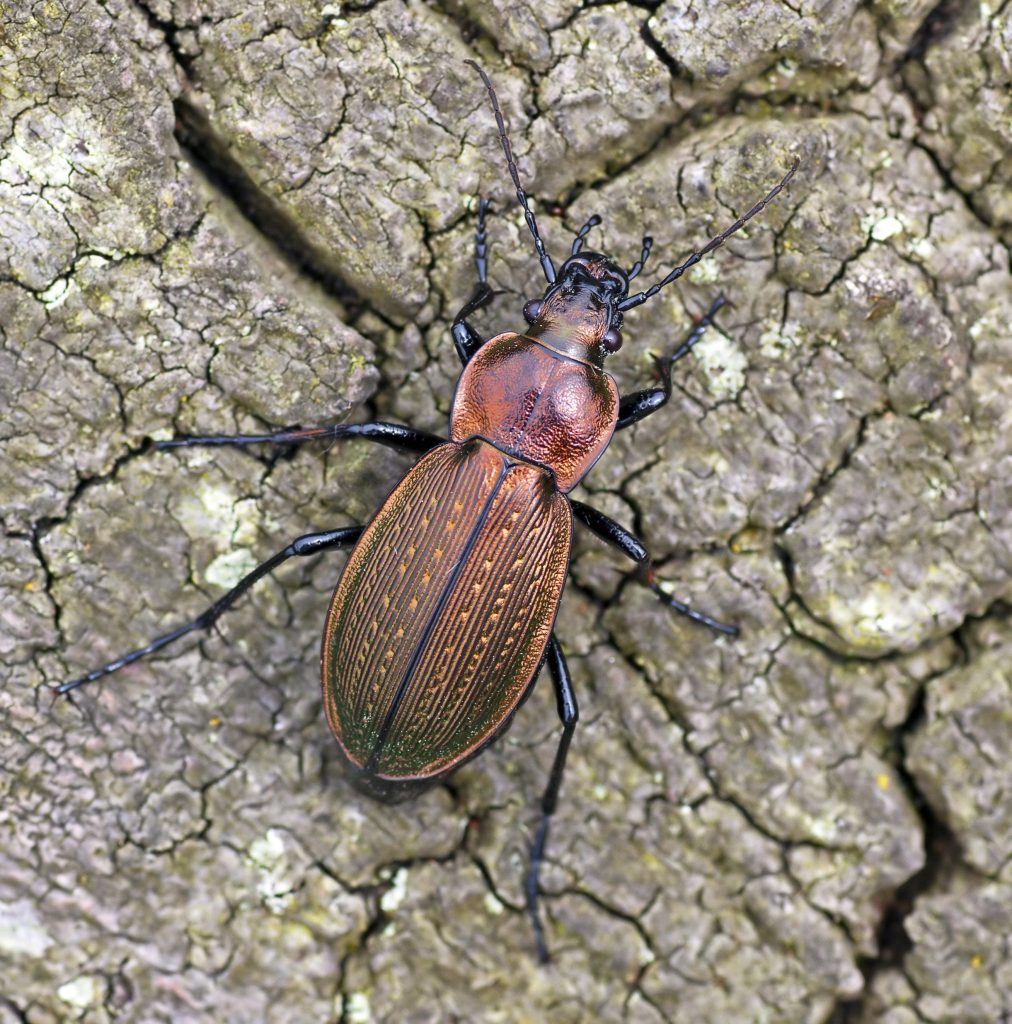
… a blog by Buglife Programmes Manager, Jamie Robins.
The last few months has seen a flurry of policy and legislation announcements and consultations from the Government which could have a profound impact on England’s bugs. This has generated headlines as our leaders have appeared to turn against nature, targeting it unfairly for slowing the pace of development and making misleading claims to justify cutting our vital nature protections.
We want our supporters to know what we’ve been doing to stand up for bugs. While we work closely with our conservation partners to develop responses to consultations and show a united front, there are times when we have to shout that bit louder ourselves, as invertebrates are often left to slip between the cracks in the policy landscape. We see planning applications threaten Critically Endangered species found on only a handful of sites. Often, nationally important populations of invertebrates are merely a footnote in planning decisions- far from the ‘blocker’ that they have been incorrectly labelled as by Kier Starmer.
In the last few months, we have worked with the Wildlife & Countryside Link coalition to respond to a torrent of planning policy and legislation consultations. Many of our partners have larger policy teams to lead responses and resources to mobilise supporters to act, which we are grateful for. While supporting joint positions, Buglife strives to ensure that the interests of invertebrates aren’t forgotten- flying the flag for species which don’t benefit from protected status, the importance of considering the specific needs of species, neglected habitats such as brownfields, and the growing evidence of the impacts of light pollution and chemical pollution. Much of this work happens behind the scenes.
Our regular supporters will see the lengths that we go to save our most important sites, such as Swanscombe Peninsula, Middlewick Ranges and Coul Links. We invest time, energy and passion into driving campaigns and planning processes to fight to save sites. Often successfully, such as securing the future of Canvey Wick Site of Special Scientific Interest, but far too often we watch with disappointment as decisions such as the green lighting of the Lower Thames Crossing are made. For years Buglife has championed wildlife-rich brownfields, helping our campaign partners to recognise their importance and pushing back against the oversimplified arguments of building on greenfield versus brownfield that could push some species towards extinction in the UK.
Much of our wider advocacy for bugs tries to give decision makers the information that they need to help deliver better outcomes for wildlife. There are over 40,000 bug species in the UK, each with its own unique life history, occupying every conceivable habitat- in short, they are complex and difficult. Buglife has helped to guide the network of developing Local Nature Recovery Strategies across England to know what and how to consider invertebrates, and we’ll be doing the same for Nature Networks in Scotland. Meanwhile our Important Invertebrate Areas work has the potential to help planners better understand the wildlife in their area as the network of fine-scale mapped areas extends.
But all of this work depends on a planning policy landscape that is fair and reasonable. The current narrative of the Government, pitting nature against growth is neither of these things.
There is a need to build houses and to grow the economy, but this simply must be done by working with nature. The right developments, in the right places. When nature organisations object to a housing proposal or an industrial estate, we aren’t arguing that they aren’t needed, we’re saying that they need to be built elsewhere and in a way that will have a minimal impact on nature. Far from blocking development, it is seeking the right developments, for people and for wildlife. Weakening the protections that we have for nature won’t help anyone. To address the biodiversity crisis and meet our commitments to halt the decline in nature we need to see an end to the anti-nature rhetoric.
Despite our small size Buglife will continue to focus our efforts to get better planning outcomes for bugs and be a loud voice for nature.
Main Image: Endangered Necklace Ground Beetle (Carabus monilis) © Matt Berry

